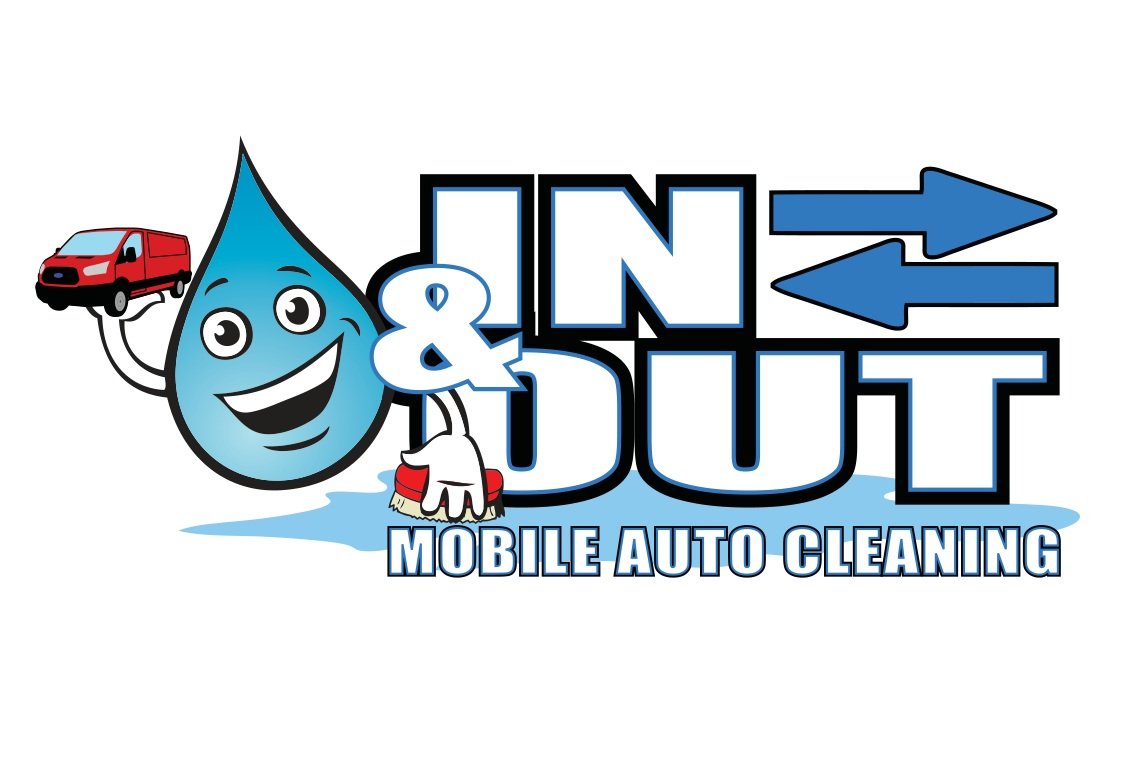Ceramic Coating vs. Traditional Waxing: Which is better?
If you are a car owner, you must have wondered which is better between Ceramic Coating and Traditional Waxing. Both methods aim to protect your vehicle from the elements, such as UV rays, dirt, and grime. However, they differ in terms of durability, cost, and protection. In this article, we will explore the pros and cons of Ceramic Coating and Traditional Waxing to help you make an informed decision on which method suits your needs.
Introduction
When it comes to protecting your car, there are various options to choose from. One of the most popular methods is waxing, while the newest method is ceramic coating. Waxing involves applying a layer of wax to the car's exterior to protect it from dirt, UV rays, and other harmful elements. On the other hand, ceramic coating is a liquid polymer that chemically bonds with the car's paint to create a protective layer. Ceramic coating is relatively new but has gained popularity among car enthusiasts due to its durability and ease of maintenance.
Ceramic Coating vs. Traditional Waxing: Which is Better?
What is Ceramic Coating?
Ceramic coating is a liquid polymer that is applied to the exterior of a car to protect it from various elements. Ceramic coatings have been around since the 1990s, but only recently gained popularity among car owners. Ceramic coatings chemically bond with the car's paint, creating a protective layer that lasts longer than traditional waxing.
What is Traditional Waxing?
Traditional waxing involves applying a layer of wax to the car's exterior to protect it from harmful elements. The wax creates a barrier between the car's paint and the elements, such as dirt, dust, and UV rays.
Durability
When it comes to durability, ceramic coating is the clear winner. Ceramic coatings can last up to five years, while traditional waxing lasts only up to six months. Ceramic coatings are more durable because they chemically bond with the car's paint, creating a protective layer that is resistant to scratches, chips, and fading.
Cost
Ceramic coating is more expensive than traditional waxing. A professional ceramic coating can cost up to $2,000, while traditional waxing can cost up to $100. However, it's important to note that ceramic coating lasts longer than traditional waxing, which means you'll save money in the long run.
Protection
Ceramic coating offers better protection than traditional waxing. Ceramic coatings create a barrier between the car's paint and the elements, such as dirt, grime, and UV rays. Ceramic coatings are also more resistant to scratches and chips, which can damage the car's paint.
Maintenance
Maintaining ceramic coatings is easier than traditional waxing. Ceramic coatings require minimal maintenance, such as washing the car regularly. Traditional waxing requires reapplication every six months, which can be time-consuming and expensive.
Application
Ceramic coating requires a professional application, while traditional waxing can be done by anyone. Applying ceramic coatings requires special equipment and skills, which means you'll need to pay for a professional application. Traditional waxing can be done at home, which saves you money on labor costs.
Time
Ceramic coating takes longer to apply than traditional waxing. Ceramic coatings require multiple layers and can take up to three days to apply, while traditional waxing takes only a few hours.
Environmental Impact
Ceramic coatings are more environmentally friendly than traditional waxing. Ceramic coatings create a barrier between the car's paint and the elements, which means less washing is required. Traditional waxing requires reapplication every six months, which means more wax is used.
FAQs
1. Which method is more durable?
When it comes to durability, ceramic coating is more durable than traditional waxing. Ceramic coatings can last up to five years, while traditional waxing lasts only up to six months.
2. Is ceramic coating more expensive than traditional waxing?
Yes, ceramic coating is more expensive than traditional waxing. A professional ceramic coating can cost up to $2,000, while traditional waxing can cost up to $100.
3. Which method offers better protection?
Ceramic coating offers better protection than traditional waxing. Ceramic coatings create a barrier between the car's paint and the elements, such as dirt, grime, and UV rays. Ceramic coatings are also more resistant to scratches and chips, which can damage the car's paint.
4. Which method requires less maintenance?
Maintaining ceramic coatings is easier than traditional waxing. Ceramic coatings require minimal maintenance, such as washing the car regularly. Traditional waxing requires reapplication every six months, which can be time-consuming and expensive.
5. Can ceramic coating be applied at home?
Ceramic coating requires a professional application, while traditional waxing can be done by anyone. Applying ceramic coatings requires special equipment and skills, which means you'll need to pay for a professional application.
6. How long does it take to apply ceramic coating?
Ceramic coating takes longer to apply than traditional waxing. Ceramic coatings require multiple layers and can take up to three days to apply, while traditional waxing takes only a few hours.
Conclusion
When it comes to protecting your car, both Ceramic Coating and Traditional Waxing have their advantages and disadvantages. Ceramic Coating is more durable, requires less maintenance, and offers better protection than Traditional Waxing. However, it is more expensive and requires professional application. Traditional Waxing is cheaper and can be done at home, but it is less durable and requires frequent reapplication.
Ultimately, the decision between Ceramic Coating and Traditional Waxing depends on your budget and needs. If you want long-lasting protection and don't mind the cost, Ceramic Coating is the way to go. If you're looking for a cheaper and more accessible option, Traditional Waxing is a viable alternative.
So, which one is better: Ceramic Coating vs. Traditional Waxing? The answer depends on your preferences and priorities. We hope this article has helped you make an informed decision!
